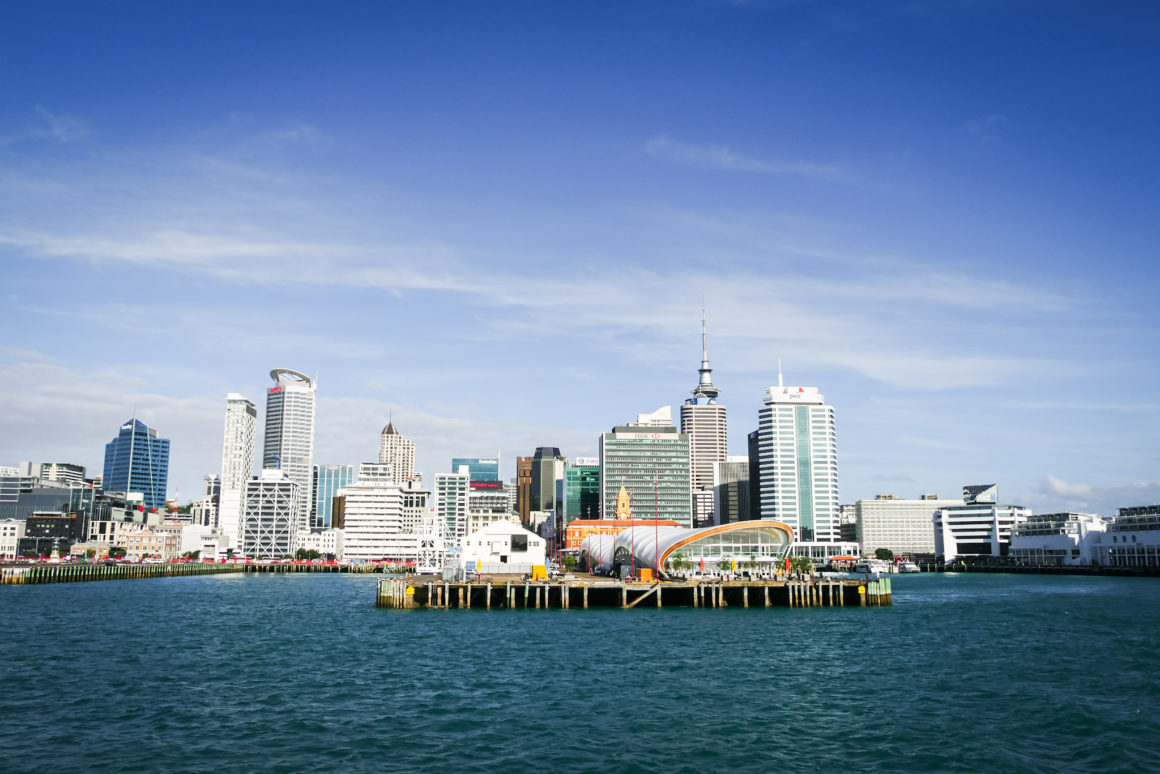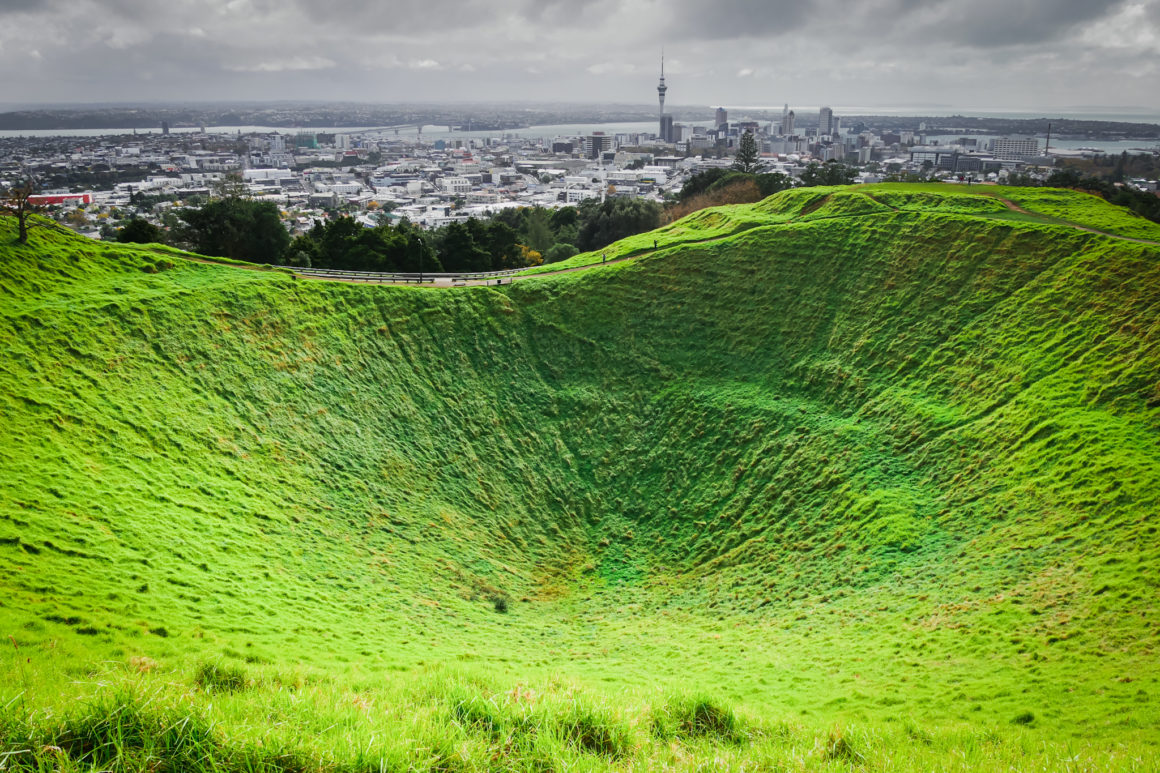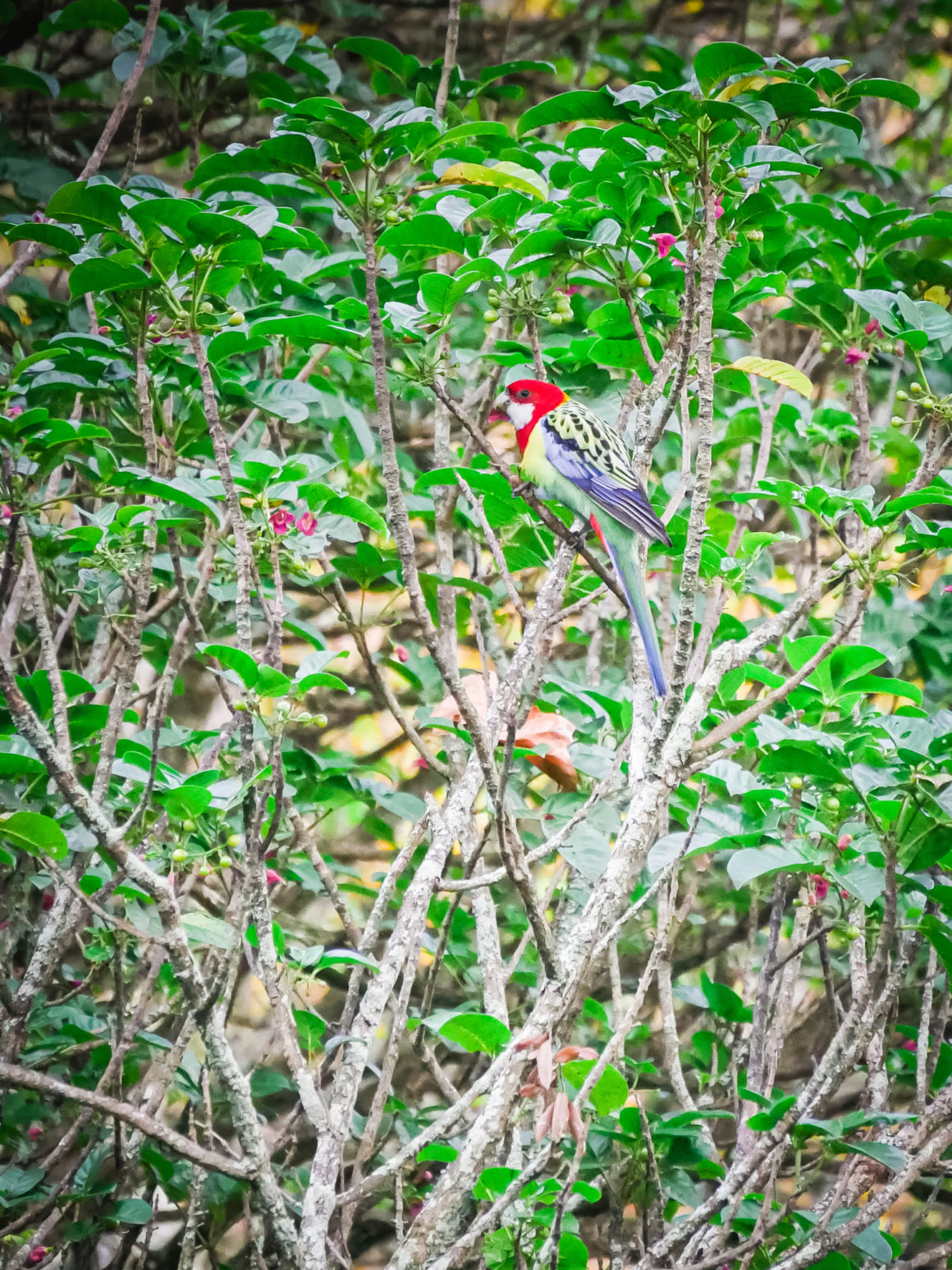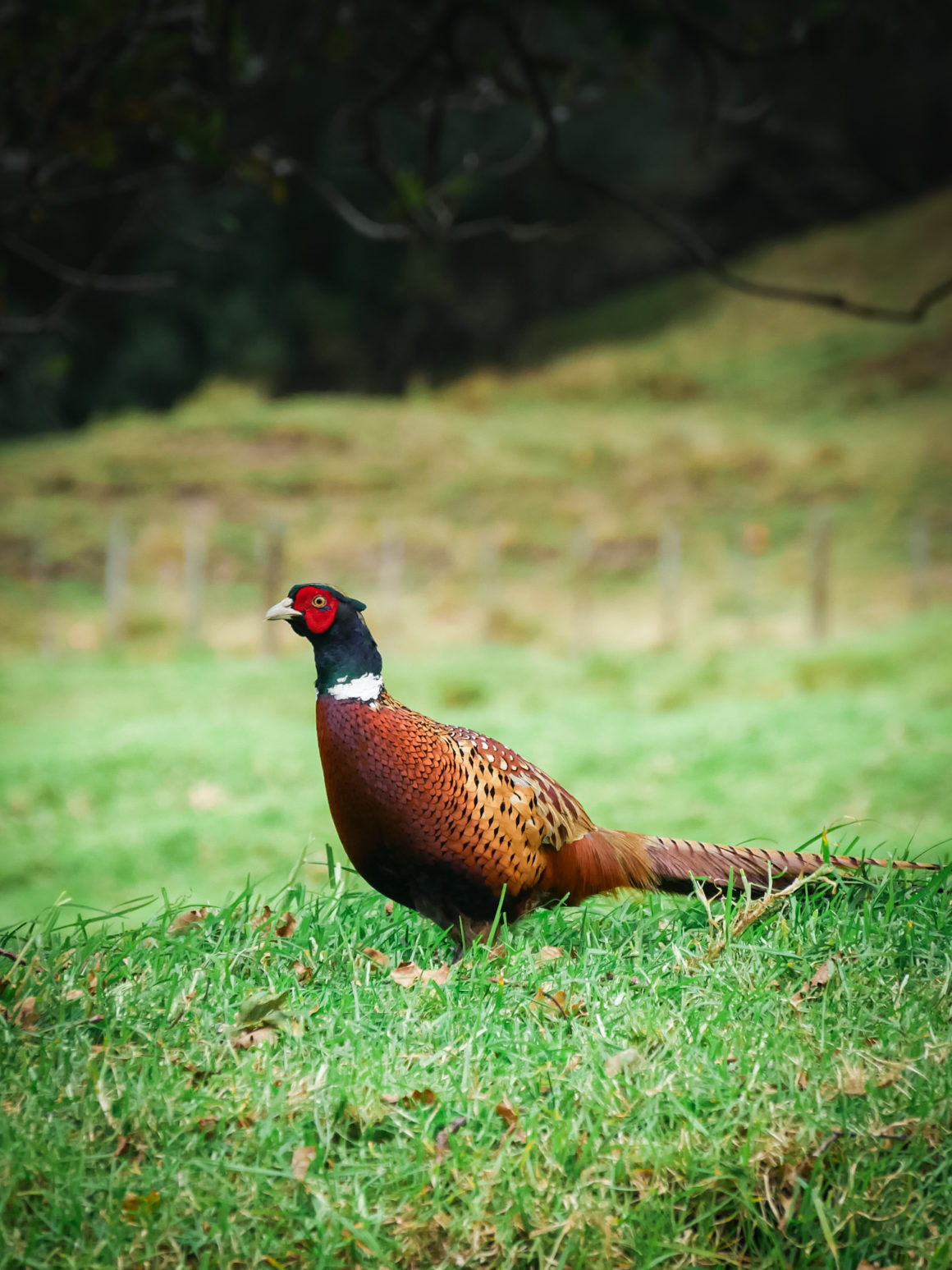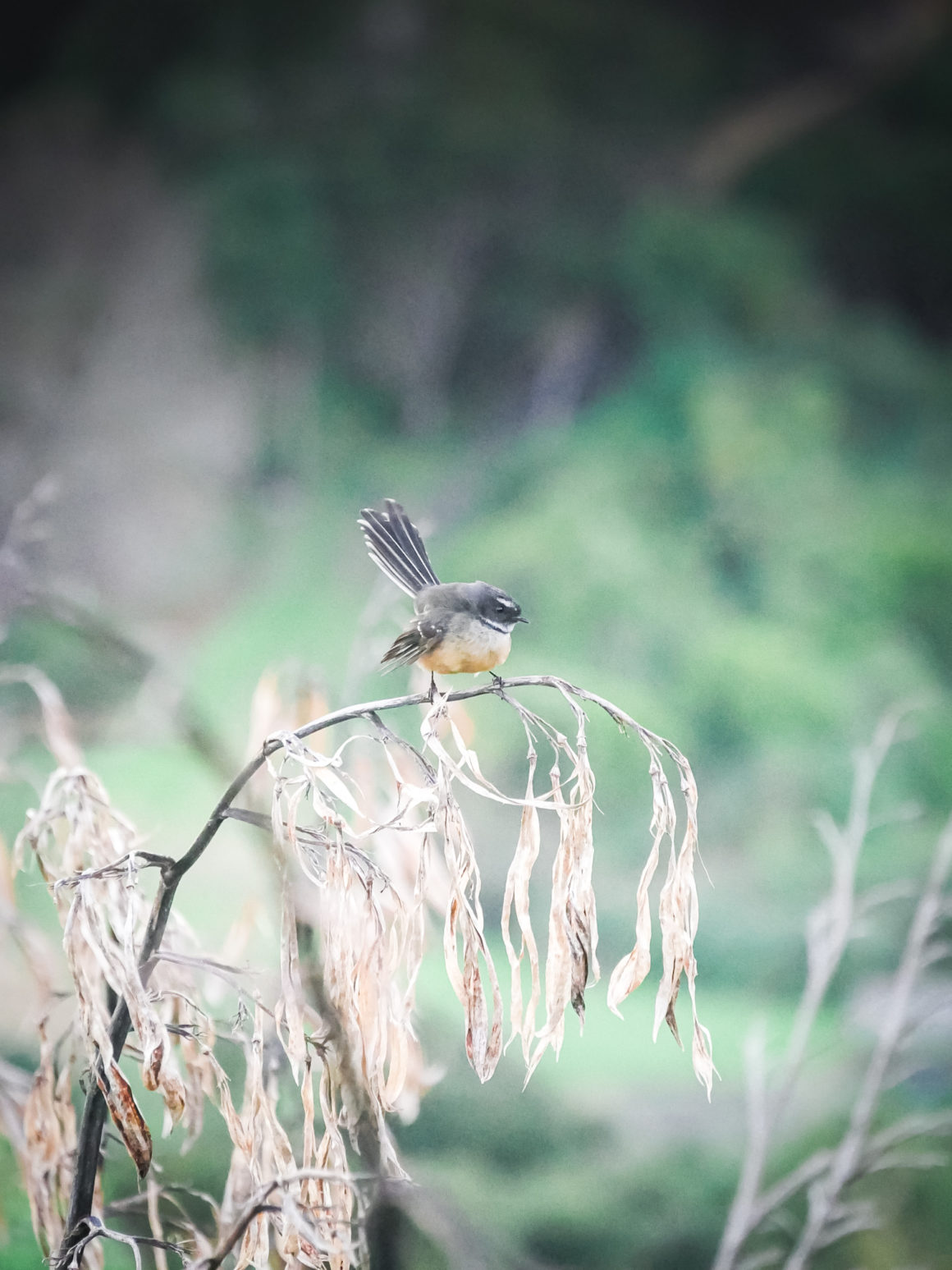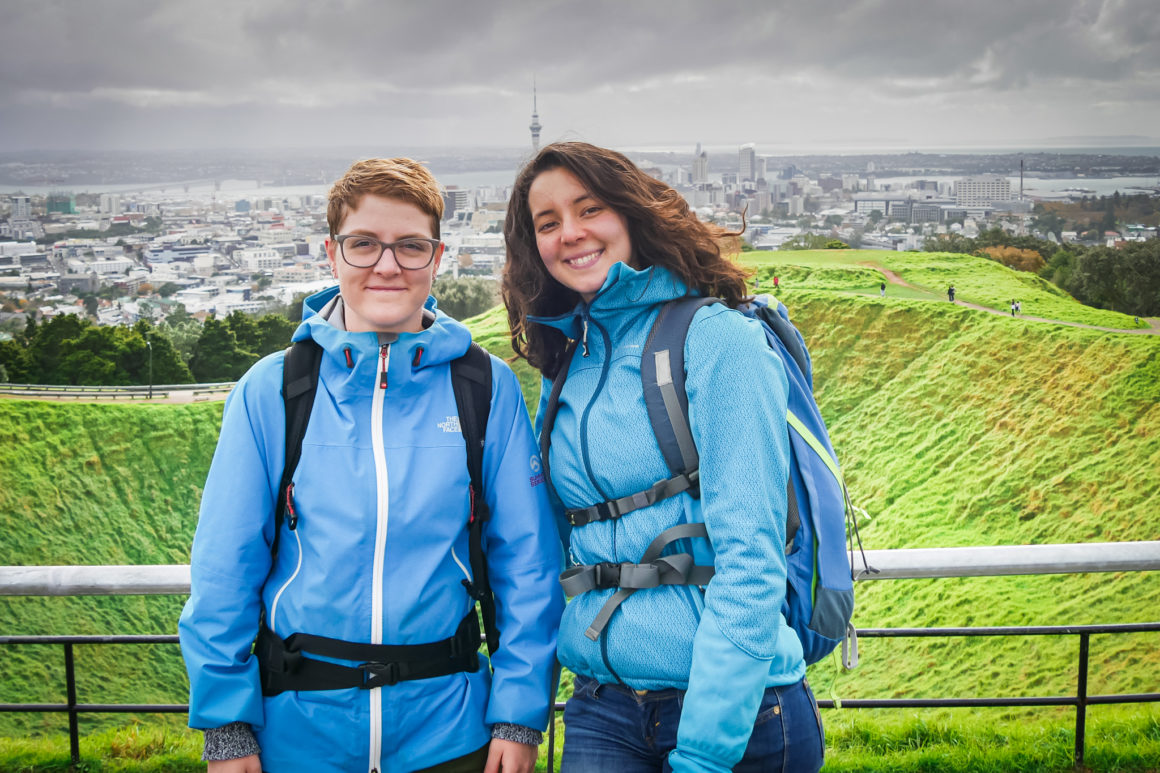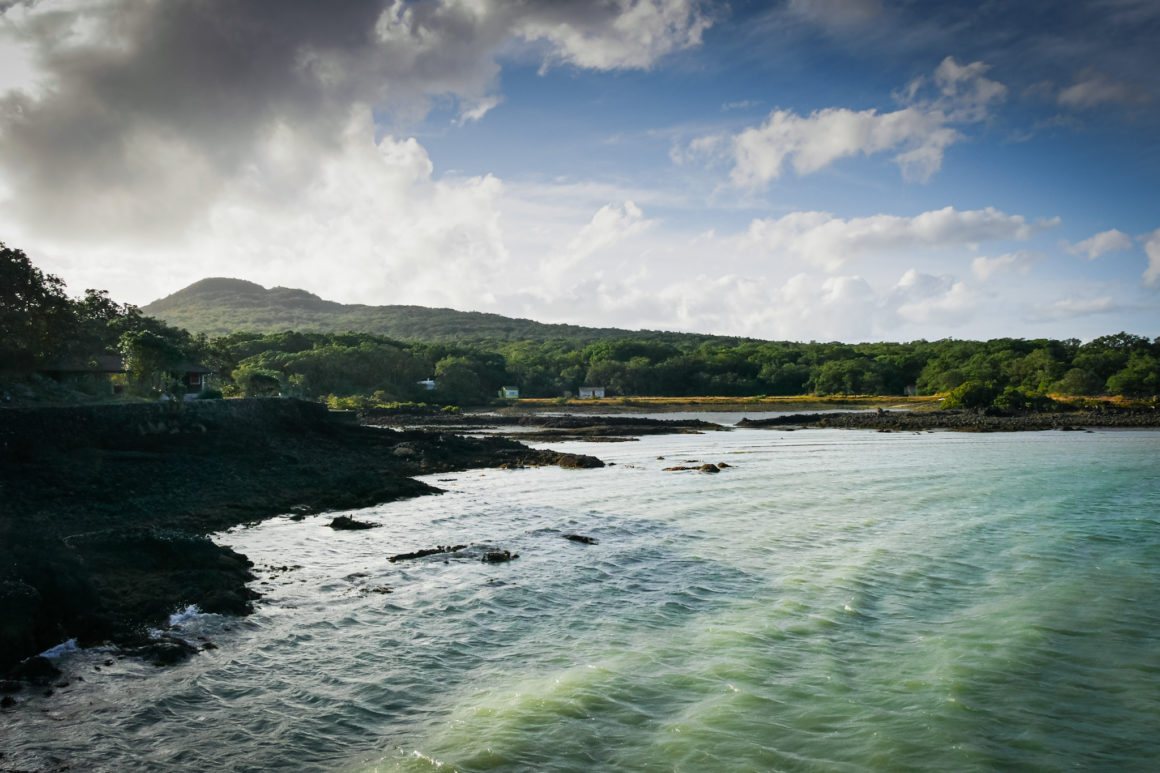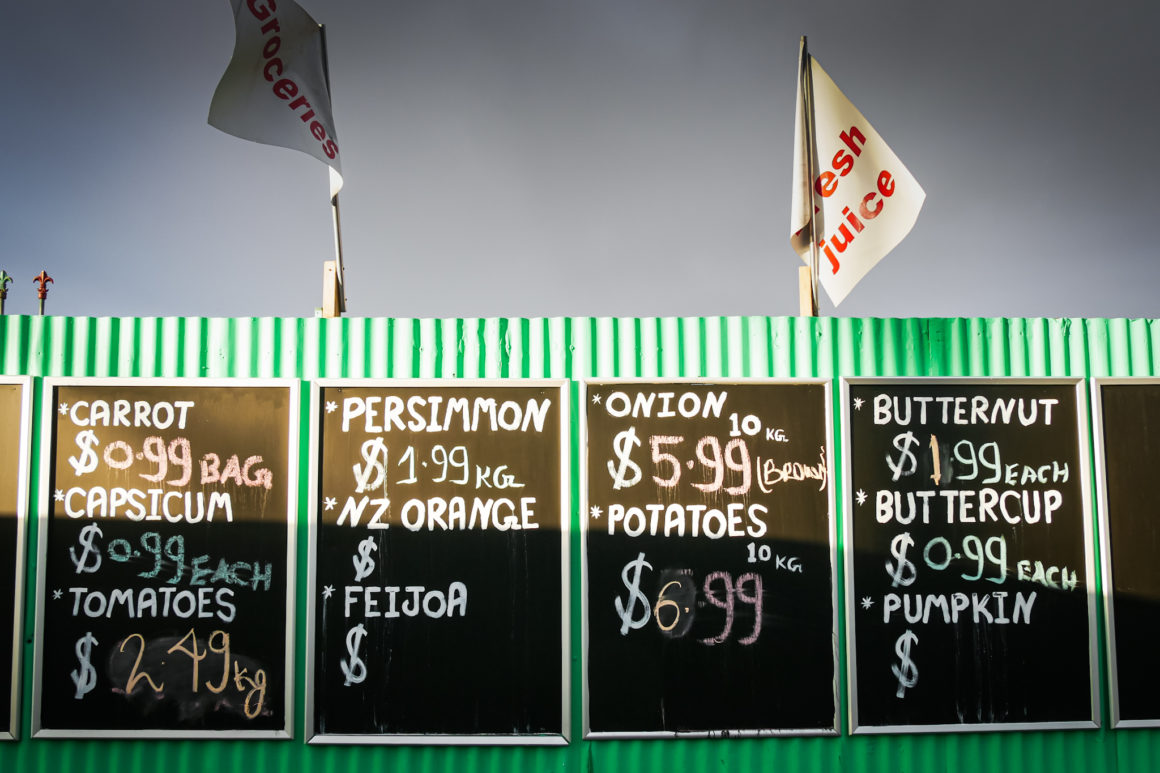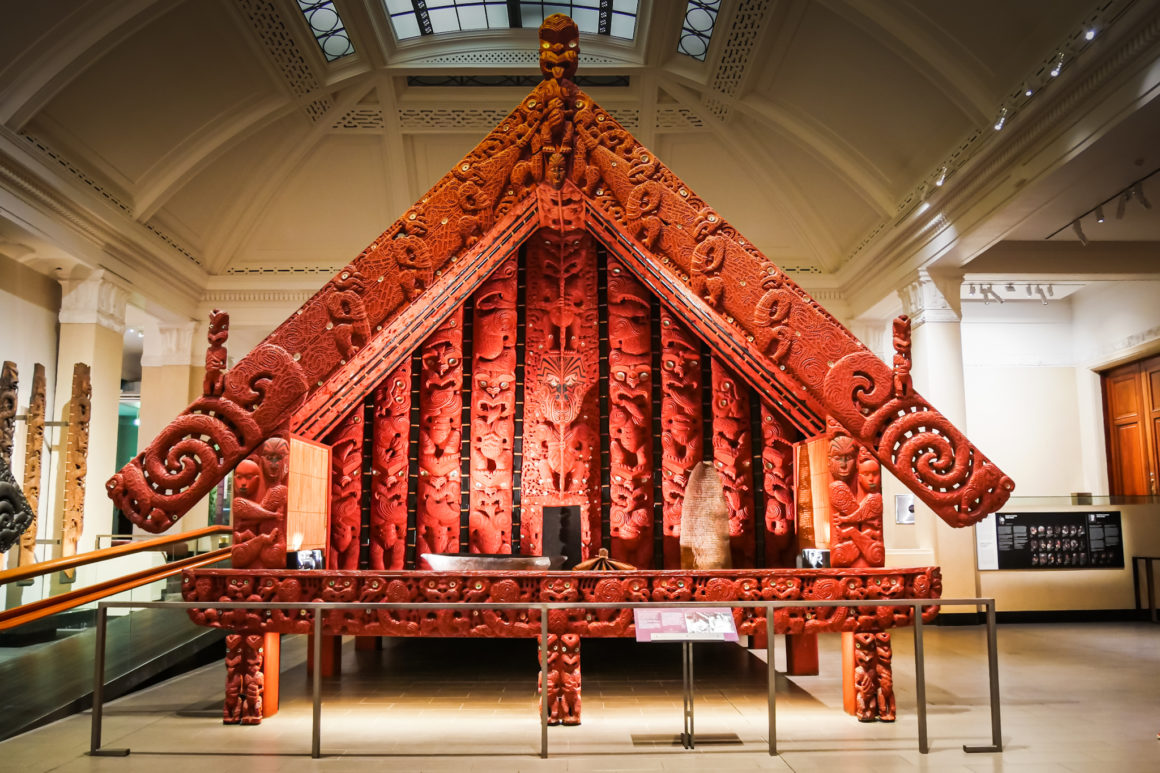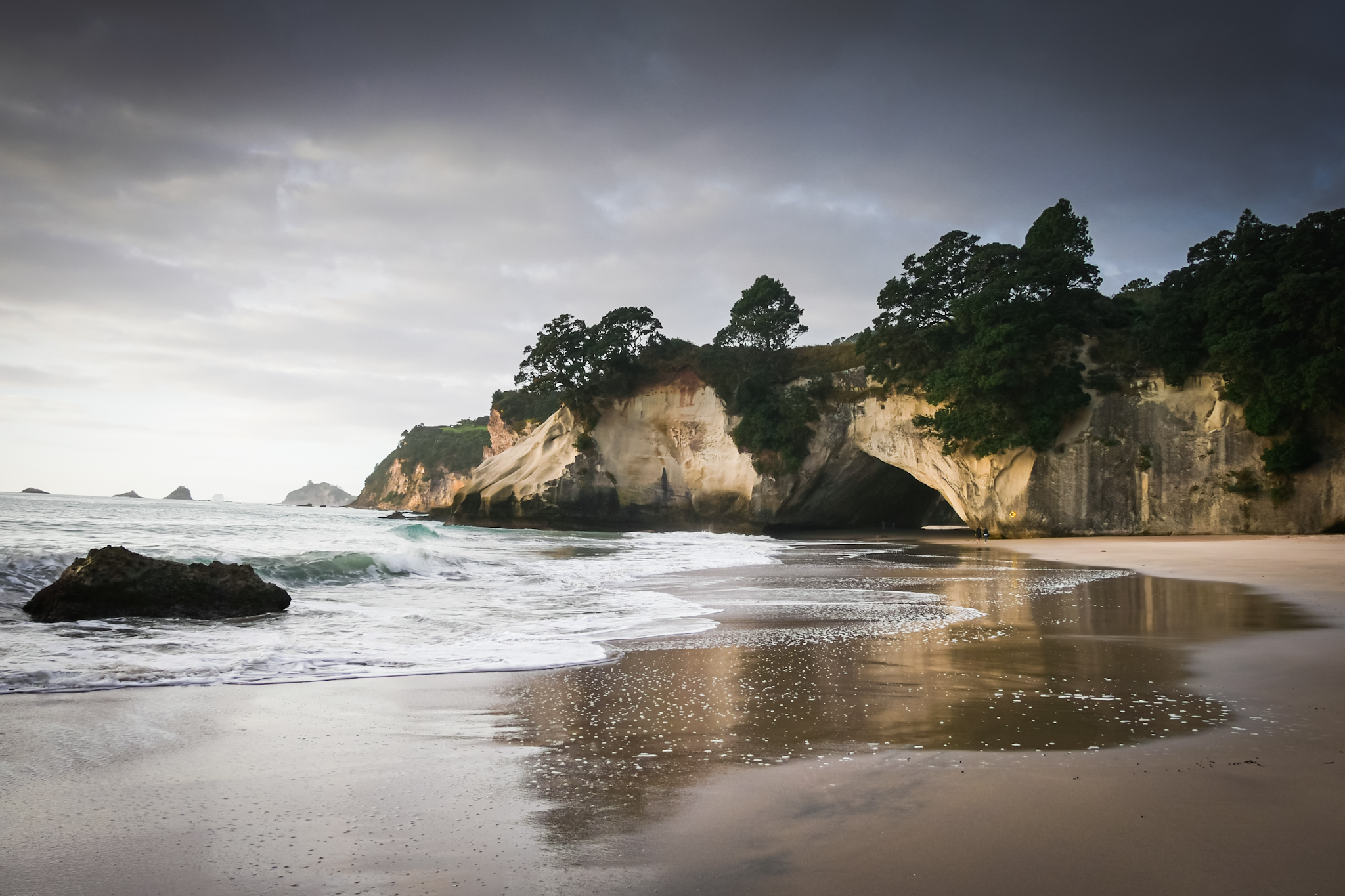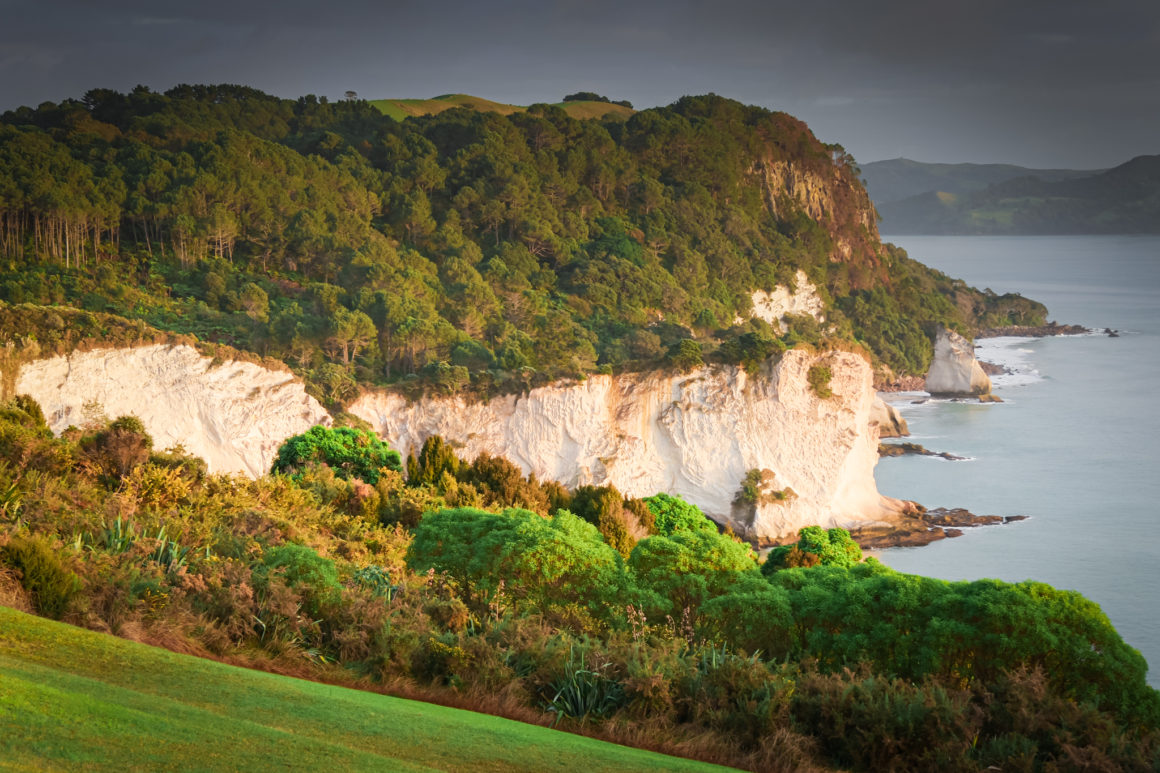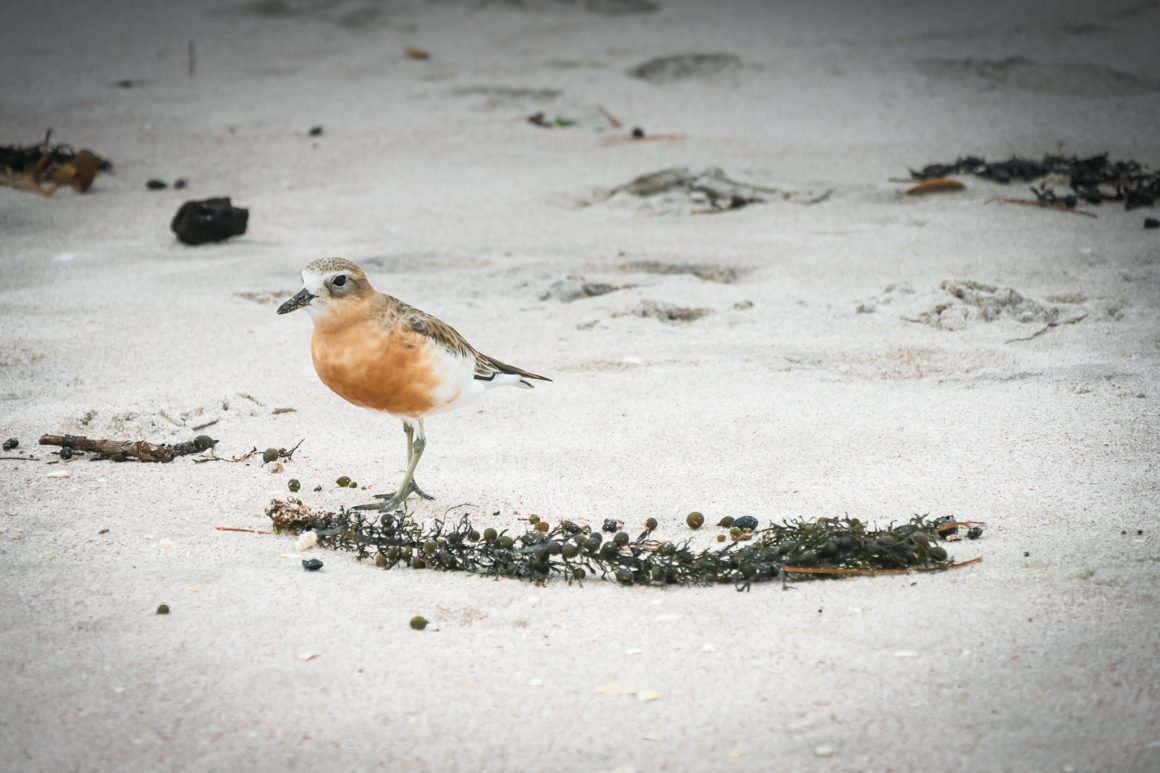DISPATCH
After six months of traveling to Japan and six weeks of exploring Australia, I flew from Sydney on Sunday, June 5 to fly to New Zealand. The land of magnificent landscapes, hiking, Middle-earth, Mordor and Hobbit holes! I wanted to go there since a long time, actually since I saw Peter Jackson’s “Lord of the Rings” trilogy about fifteen years ago. New Zealand, (in Maori Aotearoa, which could be translated as “country of the long white cloud”) is a country mainly made up of two islands (North and South) and which was one of the last territories to have been discovered by man. The Maori from Polynesia settled there from the 8th century and the Europeans landed there in 1642. It was for a long time a British colony before gaining full independence in 1947. It has an particular endemic flora and fauna including the Silver Fern, emblem of the country or the Kiwi (also an emblem), land bird unable to fly, very popular with New Zealanders. The term “Kiwi” is also used to refer to the inhabitants of the country.
I disembark after three hours of flight in Auckland, the largest city in the country. The weather is beautiful and I am particularly happy to be here. I drop my things at the youth hostel, Haka Lodge Auckland, a very friendly hostel and set off to explore the city center. Auckland is the largest city in the country located on an isthmus and built around fifty volcanoes. The place was first discovered by the Maori around 1350 and baptized Tamaki Makau Rau (“The battle of the hundred lovers”) referring to the many tribal wars that took place in the region. The first European to settle there was a Scotsman by the name of John Logan Campbell in 1840. The city of Auckland, resembles all the “cities” in the world, that is to say, tall buildings without much charm sheltering shops and business centres but it has a special atmosphere. Perhaps it is due to the fact that the center is not very large, that the atmosphere is calm, that some older style buildings still have their very beautiful architecture or perhaps the presence of the Sky Tower (gigantic radio / telephone tower) which dominates the city. I do not know. What I do know is that I like the city instantly. I stroll along the marina as night falls, walking through the different districts (Queen Street, Patrick’s Cathedral, Wynyard and its warehouses converted into residential accommodation…). The lights of the port and the Sky Tower illuminate the city. There is a different atmosphere here, it is New Zealand.
I spend the next five days walking leisurely in the city and its different neighborhoods while starting to discover the Maori culture through the names of the streets or neighborhoods. Whether it is the charming Posonby district a little away from the center or Orakei on the coast full of luxurious houses, the city is invading my heart. I also make several very nice meetings including Sophie, a young French girl who has just landed in the country and who is going to do a four-month internship in Dunedin on the South Island. As well as two young Indian students in Auckland with whom I sympathize while taking the bus back from an evening stroll in the district of Orakei.
I like the peaceful aspect of the city, the proximity to nature, the beautiful environment, the bay with its different islands. Several people have told me that there is not much to do in Auckland but I do not find that to be true. There are lots of pretty walks and lots of activities and visits to do. But most are not free and relatively expensive. The city center also seems to be filled with foreigners and I wonder a little where the New Zealanders have gone.
Among the beautiful walks I have made, I remember my getaway on the volcanic island of Rangitoto in the Gulf of Hauraki thirty minutes by ferry from Auckland. Rangitoto is the newest and largest of Auckland’s fifty volcanoes. The walk through the lava fields (partially covered by vegetation) to the top of the volcano was a great discovery. The ferry ride also gave me a nice view of the Devonport district, a small historic village now attached to Auckland.
The Coast to Coast Walkway, a sixteen kilometers hike through the city of Auckland was also a great discovery. The path goes through all the oldest districts of the city and ascends five of the most remarkable volcanoes located in the city center. The view of Auckland from Mount Eden with its crater in the foreground is worth the detour. Mount Eden (in Maori “Maungawhau”) is with its 196m altitude, the highest volcanic peak in the city. The One Tree Hill, of its Maori name “Maungakiekie”, is another volcanic hill of historical importance since the Maori had built a “pa” (fortified village) and it is at the foot of the obelisk which is at the top that is located the grave of John Logan Campbell (first settler to settle on the island). Cows and sheep graze on the hillsides almost in the middle of the houses. I also spent a wonderful afternoon at the Auckland Museum located at the top of a hill in the very pretty park of the Auckland Domain. The columns of the facade of the museum curiously evoke the Greek temples. The sections dedicated to Maori culture and New Zealand fauna and flora are full of information. These are by far the parts that I enjoyed the most. For example, did you know that New Zealand is home to the largest parrot in the world? The Kakapo is a gigantic parrot that cannot fly, nocturnal and lonely. It only reproduces once every 3-5 years depending on the amount of food it finds.
After five days in town, I leave to visit the rest of the North Island. Saturday June 11, I take the bus to go to Whitianga. My destination is located on the east coast of the Coromandel peninsula, one of the largest peninsula in New Zealand and made up of reliefs covered with primary forests and hilly meadows. I leave Auckland, the sun barely risen. Half asleep, I see landscapes pass by the windows of the bus, filled with green meadows bathed in the morning mist. I feel like I am diving into another world. Two hours later the bus drops me off in Hamilton where I wait for thirty minutes for the next bus to take me to Whitianga. A tiny shuttle of barely ten seats finally arrives and I get to know Ritchie, the driver. Funny character. The atmosphere is more “relaxed” and everyone is chatting. I meet a young German girl sitting next to me and we are leave for a three hour drive. Ritchie tells us lots of anecdotes and informs us of the things not to be missed (like Hokey Pokey ice cream, vanilla ice cream with pieces of caramel, almost a national emblem!). I sometimes find it hard to understand Ritchie but this is an opportunity to familiarize myself with the Kiwi accent. Despite the beauty of the landscapes and the relaxed atmosphere, the three-hour journey through the hills on the small road that turns constantly ends up weighing on my stomach. It is with relief that I finally set foot ashore in Whitianga, last stop on the journey.
Whitianga is pronounced Fitianga (the “wh” in the Maori alphabet is pronounced “f”, which is good to know because when you are told “Oh, you’re going to Fitianga” and you answer “Uh, no I’m going to Whitianga ”, it can create confusion). It is a small seaside resort located in Mercury Bay and the biggest village in the area (there is even a New World, a decent size supermarket. Whitianga is also one of the places in Aotearoa (New Zealand) to have attracted many explorers, including Kupe, the first Maori explorer, who baptized the place Whitianga o Kupe (“place of passage of Kupe”) and the explorers Tupaia and James Cook in 1769 who by observing in the sky the passage of the planet Mercury gave its name to the bay.
I drop off my things at my inn and then set off to explore the village. Not much to see apart from the New World and the main street with its few shops. But the beach and the bay with its small islets are magnificent. I take the ferry to cross Whitianga Harbor and go to the other shore to take a short walk through the bush leading to Shakespeare Cliff. It is already 3p.m. and night is falling in two hours, so nut much time left! I still make a small detour to go to the end of a rocky outcrop to see a “pa” (old fortified Maori village). The path is tiny and barely a meter wide separates me from the cliffs on both sides. Better not to slip. I continue my journey through the bush which climbs quite strongly to assault the hill and finally reach the summit. A superb view of the Whitianga Harbor is revealed. The path continues in absolute calm along the Maramaratotara bay and the Flaxmill bay. Apparently you can see dolphins there but they have decided not to show up. I hike up the Shakespeare cliff to get a nice view of the sea, but by the time I get to the top it is almost night. I go back, dusk with me, to the pontoon of the ferry. The village lights mixed with the pink colors of the sky deposit superb reflections on the bay.
The next day, Ritchie picks me up at 6am to drop me off thirty minutes later in the dark in Hahei. I have decided to go and see Cathedral Cove, a natural arch linking Mare’s Leg Cove beach to Cathedral Cove beach renowned for its beauty and which notably served as a filming location for the World of Narnia: Prince Caspian. I join the parking lot where I wait for the sunrise. The sky is a little cloudy, it is less impressive than expected but the first rays on the cliffs are worth it. I then attack the ride on the path which sinks through the meadows and rain forests (humid forests with many absolutely magnificent giant ferns). Forty-five minutes later I arrived at Mare’s Leg Cove. A lot of people despite the early hour had the same idea as me, which spoils a little the tranquility of the place but does not detracts me from its beauty. I turn and the ark faces me. From its Maori name Te Whanganui A Hei (“the big bay of Hei”), the formation is very impressive. I cross with the impression of passing into another world (like in the World of Narnia) to go for a walk on the beach of Cathedral Cove. At the end of the beach is a large rock, Te Hoho (“the mighty” in Maori) which seems to ensure the tranquility of the place. I have breakfast on the beach then stay a long time to appreciate the beauty of the landscape. Alas, the clouds are becoming more and more important and it is under an overcast sky that I take the way back. Passage on the beach of Hahei where the rain shortens my idea of hiking. Ritchie picks me up in the early afternoon to take me back to Whitianga where I spend a quiet afternoon at the hostel watching the drops fall.

